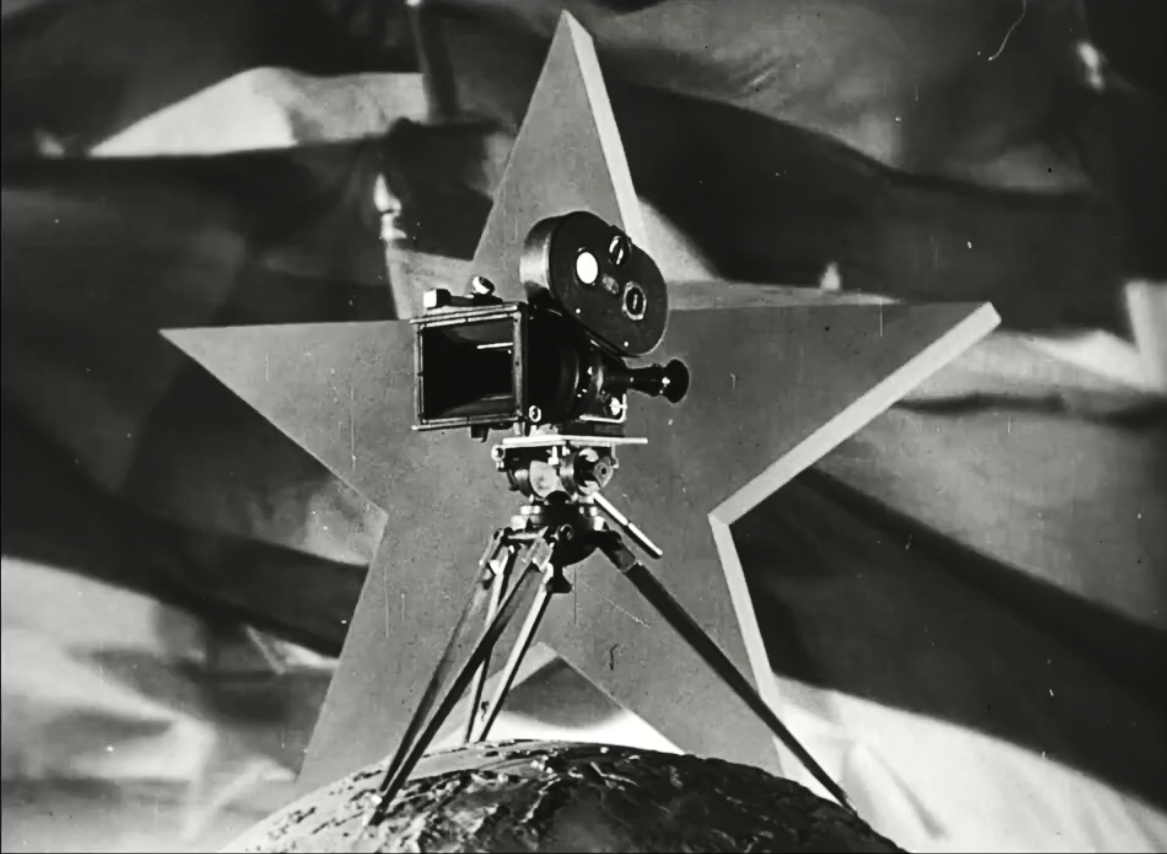Yugoslav post-war cinematography: Historical review 1 (1945-1950)
Abstract
Throughout the length of its almost 50-year existence, the Socialist Federative Republic of Yugoslavia has established a transethnic film industry distinguished for its specific genres, cinematic styles, trends, and an impressive selection of filmmakers and cinematic works. The industry can be viewed as having five stages: the administrative period (1945-1950), decentralisation (1951-1960), republican ascendancy (1961-1972), the new Yugoslav cinema (1973-1990), and finally, its demise in 1991. To properly understand the development of Yugoslav cinematography, an analysis of the five years that followed the end of World War II – referred to as the administrative period – is needed. The cinematographers of that era originated from all six republics forming Yugoslavia, and were mainly amateur filmmakers. It is due to their transethnic collaboration, enthusiasm, and persistence that professional filmmaking in Yugoslavia began. However, the role of these amateur filmmakers in the history of Yugoslav film is not often discussed, or adequately presented in a coherent historical review. This essay focuses on the first five years of Yugoslav post-war cinematography from a historical, socio-cultural, socio-political, and creative perspective, and analyses the country’s individual cinematographers. It provides insight into the development of amateur and professional cinematography of the socialist era, and illustrates the role of communism on the artistic practice of cinematographers.




